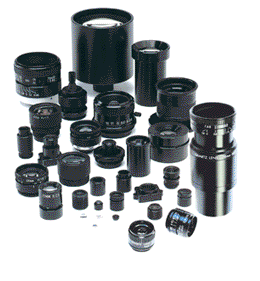High resolution lenses for machine vision — standard and custom lens design
Diagnosing Neurological Disorders Through Microscopy
High Resolution Lenses for machine vision, instrumentation, inspection and vibration-sensitive applications. Standard and custom hi-res lens assemblies.

Microscopy
Researchers have developed a new microscope technology that has the potential to change the way some neurological disorders are isolated and identified. Among the disorders that can benefit from the technology are Alzheimer’s and Parkinson’s and the technology could offer neurologists a deeper understanding of the diseases and the way they impact patients.
The technology utilizes 3D microscopy that allows physicians to analyze the cells utilizing automated identification by separating and analyzing the nerve cells in the brain, a technique that had never been previously achieved. With the technology, “…scientists and clinicians will be able to superimpose multiple data sets in three dimensions using automated techniques and then conduct detailed analysis of the data in a far improved way from the two dimensional microscopy that is currently available.”f
Because new microscopes and imaging technology can generate enormous amounts of data through multi-dimensional data sets it can quickly fill a hard drive. The analysis of this data in the past was time-consuming and prone to human error and could be diagnosed with bias. The capability of the new microscopy also removes the length of time between testing and diagnosis.
Specialists are embracing the 3D imaging technology as a way to increase the medical field’s understanding of neuro-degenerative disorders and how they impact nerve cell function in the brain. The use of neural network algorithms is also used to research disease and gain a deeper knowledge of the human brain.